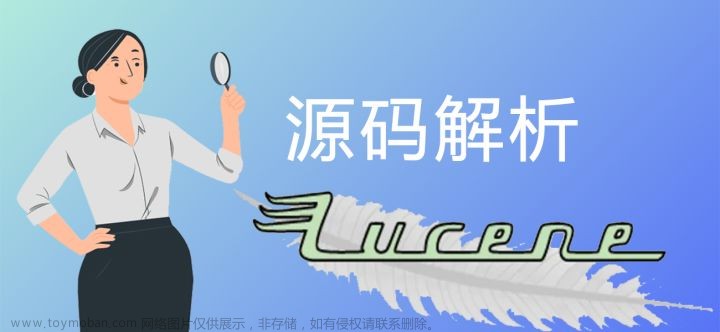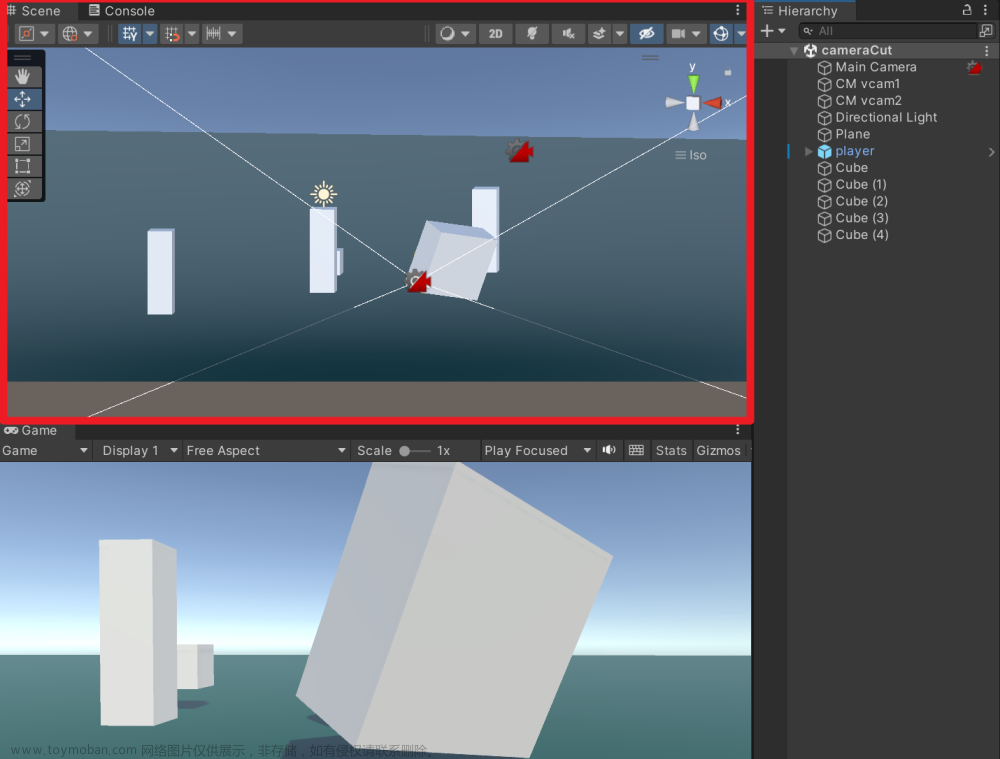现在让我们回来看一下IJobEntity
IJobEntity使用
首先要先声明一个JobEntity
声明需要继承IJobEntity接口,需要是stuct结构体
最后需要实现 Execute方法
public partial struct MoveChangeJobEntity : IJobEntity
{
public void Execute(ref MoveComponent moveComponent)
{
if (moveComponent.Speed>10)
{
moveComponent.Speed = -moveComponent.Speed;
}
else
{
moveComponent.Speed += 0.1f;
}
}
}
然后是使用 直接new后调用 ScheduleParallel接口就可以了
protected override void OnUpdate()
{
new MoveChangeJobEntity().ScheduleParallel();
}
这里有一个问题 我们并没有调用 Execute,也就谈不上传参,这个参数是怎么来的???
IJobEntity查询
首先我们定义一个EntityQuery
然后给他赋值
赋值后再new JobEntity的时候把EntityQuery当作参数传入
EntityQuery query_boidtarget;
protected override void OnCreate()
{
query_boidtarget = GetEntityQuery(ComponentType.ReadWrite<MoveComponent>());
// Query that contains all of Execute params found in `QueryJob` - as well as
}
protected override void OnUpdate()
{
// Uses the BoidTarget query
new MoveChangeJobEntity().ScheduleParallel(query_boidtarget);
}
这样就相当于给JobEmtity传入了一个集合,让它再这个集合里面去走它的逻辑
他还有一个特殊的筛选方法
通过在结构上设置进行筛选
[WithAll(typeof(MoveComponent))]
[WithNone(typeof(Banana))]
public partial struct MoveChangeJobEntity2 : IJobEntity
- Unity.Entities.WithAll(params Type[]) 在作业结构上设置。缩小查询范围,以便实体必须与提供的所有类型匹配。
- Unity.Entities.WithAny(params Type[]) 在作业结构上设置。缩小查询范围,以便实体必须匹配提供的任何类型。
- Unity.Entities.WithNone(params Type[]) 在作业结构上设置。缩小查询范围,以便实体必须与提供的任何类型都不匹配。
- Unity.Entities.WithChangeFilter(params Type[]) 在作业结构上设置或附加到 中的参数。缩小查询范围,以便实体必须在给定组件的原型块中发生更改。Execute
- Unity.Entities.WithOptions(params EntityQueryOptions[]) 在作业结构上设置。更改查询的范围以使用所述的 EntityQueryOptions。
- Unity.Entities.EntityIndexInQuery 设置参数 in 以获取当前实体迭代的当前索引。这与Entities.ForEach中相同。
共有这些筛选方法
由于类似于Job,因此还可以使用在Job的所有属性文章来源:https://www.toymoban.com/news/detail-861415.html
- Unity.Burst.BurstCompile
- Unity.Collections.DeallocateOnJobCompletion
- Unity.Collections.NativeDisableParallelForRestriction
- Unity.Burst.BurstDiscard
- Unity.Collections.LowLevel.Unsafe.NativeSetThreadIndex
- Unity.Collections.NativeDisableParallelForRestriction
- Unity.Burst.NoAlias
Execute参数
- IComponentData 可以标记为ref(读写)或者in(只读)
- ICleanupComponentData 可以标记为ref(读写)或者in(只读)
- ISharedComponent 只读,并且如果有该参数 无法使用 Burst,只能在主线程执行(Run())(这个我们后面在研究下这里不展开)
- Managed components 使用值复制进行读写访问,或使用in进行托管组件的只读访问,并且无法进行突发编译,只能主线程执行
- Entity 一个Id的复制,因此,不要用 ref 和 in 进行修饰
- DynamicBuffer 获取DynamicBuffer 可以标记为ref(读写)或者in(只读)
- IAspect 无法直接使用,但是可以通过值复制进行修改 可以标记为ref(读写)或者in(只读)
- int 支持3种整数
[Unity.Entities.ChunkIndexInQuery]标记以获取查询中的当前原型块索引
[Unity.Entities.EntityIndexInChunk] 获取当前原型块中的当前实体索引。您可以添加 和 获取每个实体的唯一标识符
[Unity.Entities.EntityIndexInQuery] 获取查询的打包索引。此参数在内部使用,这会对性能产生负面影响。
JobEntity大概就这些内容了文章来源地址https://www.toymoban.com/news/detail-861415.html
到了这里,关于Unity ECS学习(9)的文章就介绍完了。如果您还想了解更多内容,请在右上角搜索TOY模板网以前的文章或继续浏览下面的相关文章,希望大家以后多多支持TOY模板网!













